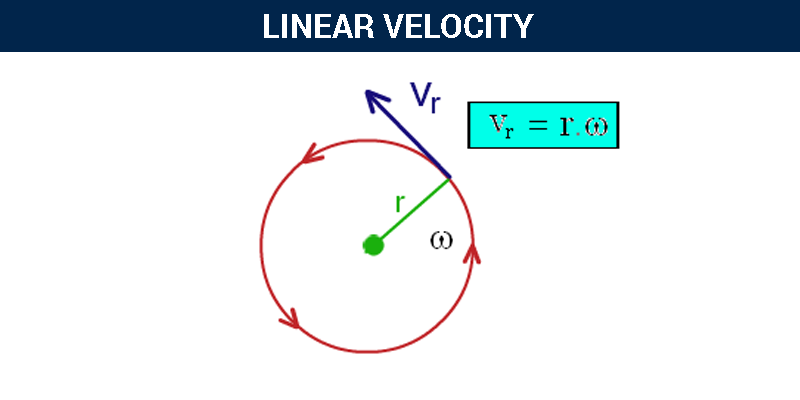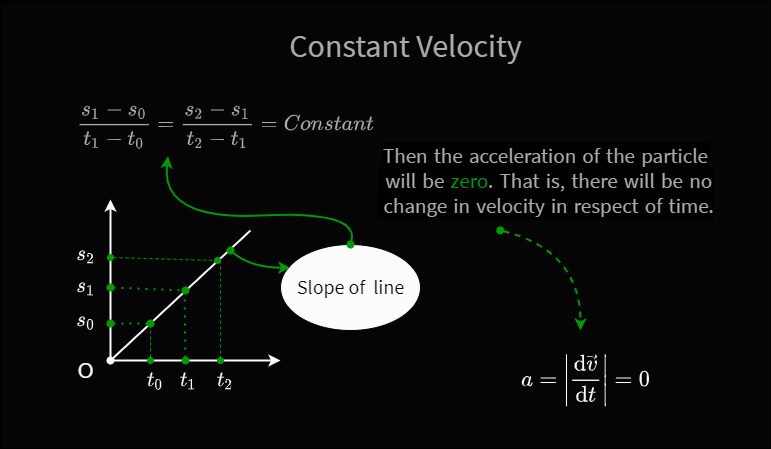

Notice that gravitational potential energy has the same units as kinetic energy, kg m 2 / s 2. = mgh, where m is the mass in kilograms, g is the acceleration due to gravity (9.8 m / s 2 at the surface of the earth) and h is the height in meters. For the gravitational force the formula is P.E. The formula for potential energy depends on the force acting on the two objects. If you let them go, they will move toward each other, doing work in the process. When you are holding two magnets apart they have more potential energy than when they are close together. When you stand at the top of a stairwell you have more potential energy than when you are at the bottom, because the earth can pull you down through the force of gravity, doing work in the process. Potential energy is energy an object has because of its position relative to some other object. A 1816 kg car (2 tons) travelling at 26.8 m/s (60 mph).Īt least one of the values you entered had an incorrect number of significant figures. Remember to use the correct number of significant figures in your answer.ĭ.

Kinetic energy is usually measured in units of Joules (J) one Joule is equal to 1 kg m 2 / s 2.Ĭalculate the kinetic energy in Joules possessed by each of the following objects. If the mass has units of kilograms and the velocity of meters per second, the kinetic energy has units of kilograms-meters squared per second squared. Kinetic energy is directly proportional to the mass of the object and to the square of its velocity: K.E. The earth revolving around the sun, you walking down the street, and molecules moving in space all have kinetic energy. Kinetic energy is energy possessed by an object in motion. The gradient of a displacement–time graph can have either a positive or a negative value, so it shows the direction of motion as well as the speed.Chemists divide energy into two classes. It is represented by the gradient of a displacement–time graph. Instantaneous velocity = rate of change of displacement. It is represented by the gradient of a distance–time graph. Instantaneous speed = rate of change of distance. Instantaneous values are defined in terms of the rate of change of distance or displacement and are represented by the gradients of the graphs. the average speed is constant for the first 10 s, after which it changes.Ĭalculations of the average speed or velocity over a period of time do not show any changes that have taken place.over the 20 s time period, the average speed is 2 m s–1 and the average velocity is 0.The symbol c is usually reserved for the speed of light.

When an object is changing speed/velocity, u is often used for the initial speed/velocity, with v being used for the final speed/velocity. The same symbols are used for speed and velocity. Information from the graphs can be used to calculate the average speed and average velocity over any time period, using the relationships:Īverage speed = distance travelled ÷ time taken v = Δd ÷ ΔtĪverage velocity = displacement ÷ time taken v = Δs ÷ Δt The fixed point is usually the starting point of the motion or the object’s rest position. using given equations to find velocities of objects dropped at rest.

The diagram shows a distance–time graph and a displacement–time graph for the same motion. Some of the worksheets for this concept are Physics ap physics kinematics summer.


 0 kommentar(er)
0 kommentar(er)
